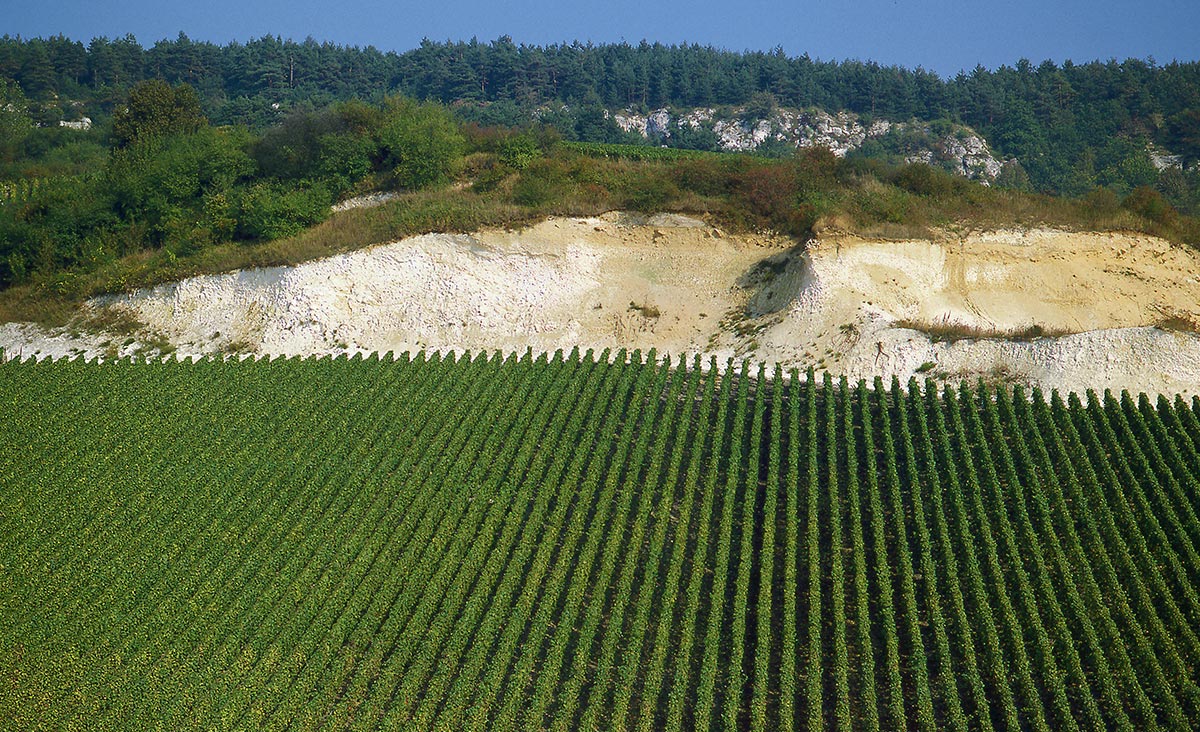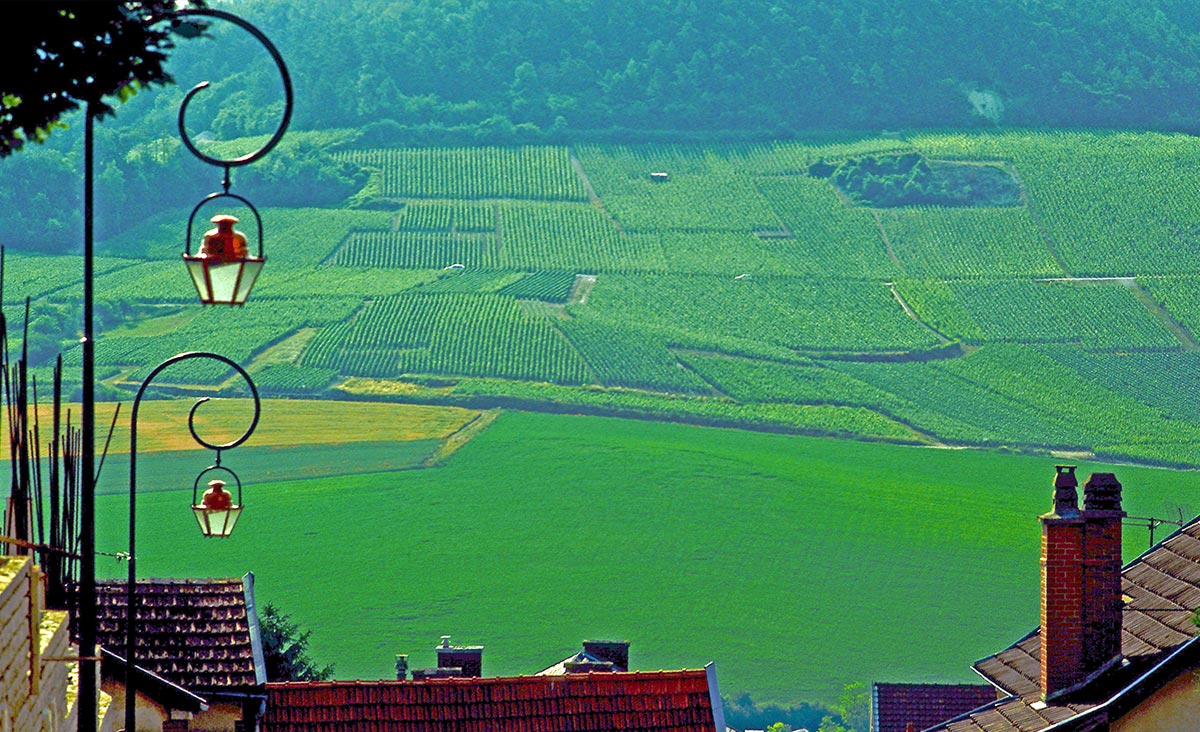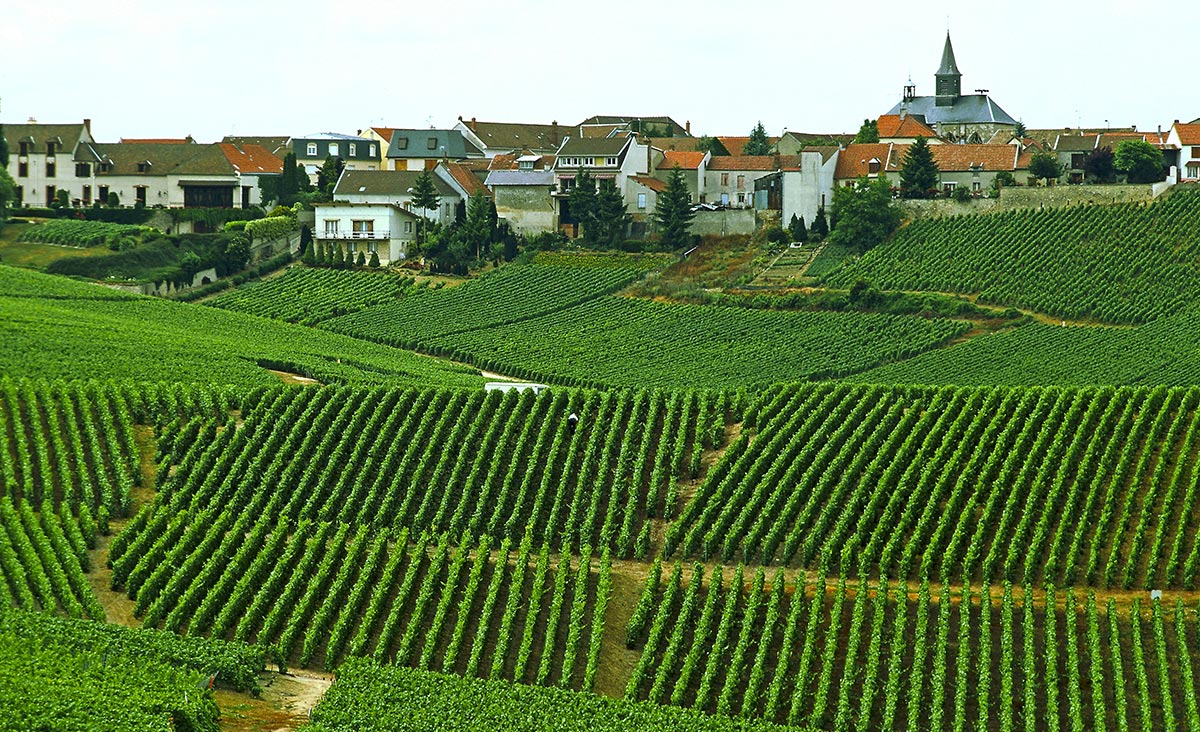 |
To say it right away: champagne can be a stunning drink, perhaps the most fascinating of all: complex, deep, fine and beguiling. However, it takes some practice and experience to distinguish good from weak champagne - and much more of it if you want to recognise the great ones among the good ones.
For in hardly any wine region are the price and fame of a label less related to the actual quality of the wine than in Champagne. Of course, this also has to do with the fact that we are dealing here with one of the most easily available and relatively affordable luxury products. Even someone who only buys a bottle of one of the famous brands a few times a year probably hopes to gain a certain amount of distinction from it. The so-called high society, on the other hand, can only distinguish itself from this kind of bourgeois luxury by resorting to the much more expensive prestige brands, which every major champagne house has in its range precisely for this purpose.
Since the intention of both sides is not primarily quality and taste, this has expected consequences: the quality of the respective wine has hardly any direct relation to its price. Thus, although the quality of the very big brands has risen noticeably again in recent years, hardly any of them are worth the average price of 30 to 40 euros, if one disregards the distinction effect for once and only judges the contents of the bottles. The famous (and usually quite excellent) luxury brands, on the other hand, whose prices range from the lower three-digit to well into the four-digit euro range, are now facing considerable competition from smaller and lesser-known, but uncompromisingly quality-oriented producers whose wines often cost only a fraction.
Because that's the good news: never before has there been so much such good champagne as today, and never before have first-class qualities been similarly affordable. It seems as if every week a new winery springs up in Champagne, offering first-class wine at prices that hardly differ, if at all, from those of the famous brands you can get in any supermarket. So the small houses are really pushing the big ones ahead of them, which is probably one of the main reasons why giant brands like Moët & Chandon or Veuve Clicquot, produced in millions and millions of units, can now be drunk again with a certain pleasure, even if they do not even remotely come close to the best representatives in their price class. Nevertheless, they are definitely better than the discounters' own brands, as our tasting made clear.
There have been other times. The fact that many a discount champagne has emerged victorious from comparative tests with the big brands has nothing to do with the fact that these wines were particularly good, they were and are not in the least, it was just that the big names were sometimes unfortunately even weaker. However, these times are over, even if this does not prevent many a wine magazine from giving absurd top ratings to the pale little wines from Aldi, Lidl and Co. that are not even close to being worth their low price. In our - completely blind - tastings, we had no discount champagne in the glass that could even have passed as "good".
It is not only the quality and structure of the Champagne range that is changing. The taste is also changing noticeably. Whereas in the past almost all champagnes, even the best and most expensive ones, were more or less noticeably dosed and therefore declared "brut", the new quality pioneers in particular rely on extremely low dosage or even no dosage at all. Never before have there been so many champagnes offered as "extra brut" or "dosage zero/pas dosé/non dosage". The winemakers' explanation is as simple as it is comprehensible: firstly, a first-class sparkling wine needs no dosage sweetener, and secondly, the top products in particular taste much clearer and more precise without sugar. Here, many traditional houses are still lagging behind, often dosing even their best wines noticeably and thus taking away part of their tension. A certain residual sweetness is perfectly understandable for mass-produced wines that are also intended to appeal to inexperienced champagne drinkers, but for the top wines of the big houses we would sometimes wish for more courage to be uncompromising.
 |
It is now common to recommend sparkling wines as a cheaper and, in the eyes of many more patriotic wine lovers, better alternative to champagne. But the comparison is often still very misleading. For many winegrowers, sparkling wine is a by-product that they only deal with to a limited extent. Despite bottle fermentation, the result is often not much more than still wine with carbon dioxide.
This can, of course, be very good, but has only remotely to do with first-class sparkling wine. German sparkling wines only rarely achieve the complex and ideally extremely fine combination of basic wines specifically cultivated and developed for sparkling wine use with the aromas of a long yeast ageing in the bottle, and only in houses that either have a long experience or exclusively produce sparkling wine.
Exemplary for the latter in Germany is the sparkling wine house Raumland (other very good representatives such as Solter or Griesel unfortunately did not produce any wines this year, but they definitely deserve attention), whose top wines are also almost the only ones that can reach the level and at the same time the approximate taste type of high-class champagne. In terms of price, however, they are no different from their French counterparts.
On the other places of our best list, rather vinous, mostly varietal sparkling wines alternate with those based on the champagne model. Here, it is entirely a matter of taste which style one prefers; in terms of quality, the two variants in this class have nothing in common. What is often interesting here is the price: excellent sparkling wine can be had in Germany (and not only there) for as little as 15 to 20 euros, good to very good for even less. The basic quality of a good German sparkling wine producer beats even a discount champagne by far, no matter how many prizes it may have won in uncritical tastings. Since the cheap champagnes hardly taste like champagne, if at all, the comparison of styles is also obsolete in this case. But the price comparison is not: the much more sophisticated sparkling wine is usually even cheaper.
Below you will find an essence of the best sparklers from a total of around 250 samples, which is not intended to be exhaustive, but should nevertheless provide plenty of material for discoveries. Links to all the wines tasted that received a rating of 80 points or more and thus a "good" can be found by clicking on the headings. The links in the text above lead to further information on the respective keyword in the glossary.
 |